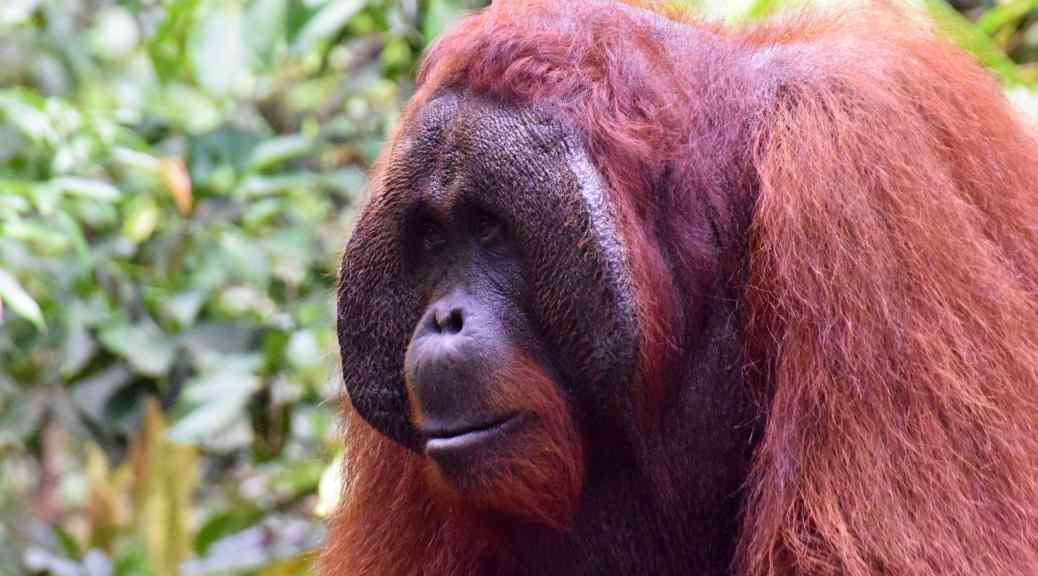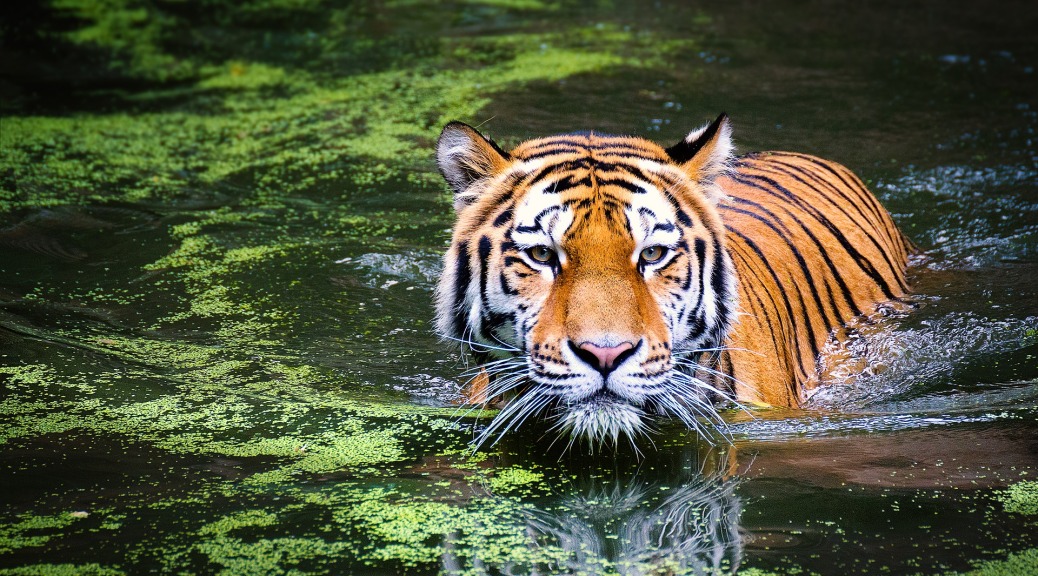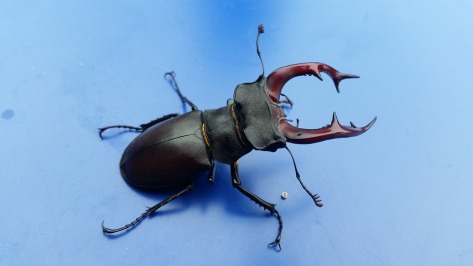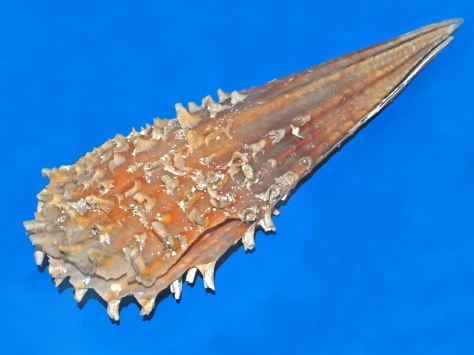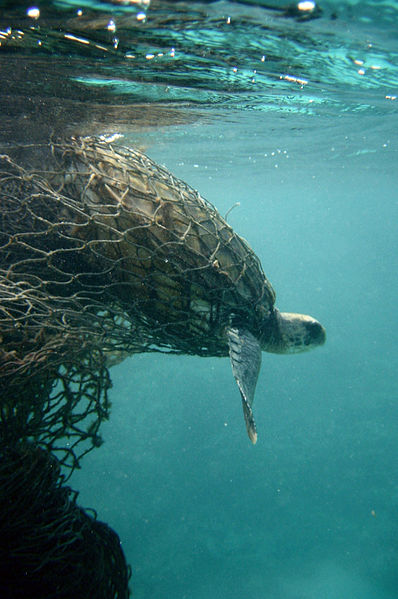Even though nature provides us with everything our modern society needs, our relationship with her is rather destructive. All the impact that our society has inflicted on Earth has led to a new geological era, which experts have baptised as Anthropocene. The Living Planet Report shows us what is the state of the planet. Do not miss it!
THIS IS THE STATE OF THE PLANET: LIVING PLANET INDEX 2018 (WWF)
This is not the first time that we make a summary of the Living Planet Report, carried out by the WWF and, with this latest edition, turns 20 years and has the participation of more than 50 experts. Previous reports stressed the remarkable deterioration of Earth’s natural systems: both nature and biodiversity are disappearing at an alarming rate. In addition, it is estimated that on a global scale nature provides services valued at around 110 billion euros per year.
WHAT IS THREATENING BIODIVERSITY?
According to a recent study, the main threats to biodiversity are two: overexploitation and agriculture. In fact, 3 out of 4 species of plants, amphibians, reptiles, birds and mammals extinct since 1500 disappeared due to these two reasons. This is due to the huge growth of consumption worldwide, which explains that the ecological footprint has increased by 190% in the last 50 years.

The demand for products derived from ecosystems, linked to their lower capacity to replace them, explains that only 25% of the earth’s surface is completely free of the impacts of human activities. This fraction is expected to be only 10% by 2050.
Soil degradation includes the loss of forest, with the highest rate of deforestation in tropical forests, which harbour the highest levels of biodiversity. Soil degradation has diverse impacts on the species, the quality of the habitats and the functioning of the ecosystems:
- Biodiversity loss.
- Alteration of the biological functions of biodiversity.
- Alteration of habitats and their functions.
- Alteration of the wealth and abundance of the species.
Invasive species are also a common threat, the dispersion of which is associated with trade. Pollution, dams, fires and mining are additional pressures, in addition to the increasing role of global change.
LIVING PLANET INDEX 2018
The Living Planet Index (LPI) is an indicator of the state of global biodiversity and the health of the planet. It is established by calculating the average abundance of about 22,000 populations of more than 4,000 different species of fish, amphibians, reptiles, birds and mammals from around the world.
The global LPI shows that the size of vertebrate populations has decreased by 60% in just over 40 years (between 1970 and 2014).

If we distribute the analysed species into biogeographic realms, as the lower image shows, we can observe differences in the LPI. The most pronounced population declines occur in the tropics. The Neotropical realm has suffered the most drastic decline: 89% loss respect the year 1970. On the other hand, in the Nearctic and Palearctic the reductions have been much lower: 23 and 31% respectively. The other two realms have intermediate declines, although important: in tropical Africa it is 56% and in the Indo-Pacific 64%. In all the realms, the main threat is the degradation and loss of habitats, but variations are observed.

Unlike recent reports, in which the index was separated according to whether the populations were terrestrial, marine or freshwater, in this edition only the freshwater LPI has been calculated. These are the most threatened ecosystems since they are affected by the modification, fragmentation and destruction of habitats; the invasive species; excessive fishing; pollution; forestry practices; diseases and climate change. Analysing 3,358 populations of 880 different species it has been calculated that the freshwater LPI has decreased by 83% since 1970, specially the Neotropical (94% decrease), the Indo-Pacific (82%) and tropical Africa (75%) realms.
AIMING HIGHER: REVERSING THE BIODIVERSITY LOSS CURVE
Despite political agreements for the conservation and sustainable use of biodiversity (Convention on Biological Diversity, COP6, Aichi Targets…), global biodiversity trends continue to decline.
As indicated in the Living Planet Report, “between today and the end of 2020 there is a window of opportunity without equal to shape a positive vision for nature and people.” This is because the Convention on Biological Diversity is in the process of establishing new goals and objectives for the future, adding the Sustainable Development Goals (SDGs). In the case of the SDGs, these refer to:
- SDG 14: Conserve and sustainably use oceans, seas and marine resources for sustainable development.
- SDG 15: Protect, restore and promote sustainable use of terrestrial ecosystems, sustainably manage forests, combat desertification, and halt and reverse land degradation and halt biodiversity loss.
The authors consider that what is needed are well-defined goals and a set of credible actions to restore the abundance of nature until 2050. To achieve this, the authors recommend following three steps:
- Specify clearly the objective of biodiversity recovery.
- Develop a set of measurable and relevant indicators of progress.
- Agree on a package of actions that together achieve the objective within the required time frame.
CONCLUSION
Looking at the data from the Living Planet Report 2018, it is evident that nature is in retreat: we have lost 60% of the vertebrate populations of the planet, despite the differences between the different areas. In addition, environmental policies are not enough to stop this trend. Therefore, more ambitious policies are needed to stop and recover the nature of the planet in which we live. We have an obligation to live with nature, not against nature. If we do not have more sustainable and respectful habits with the environment, the benefits that nature brings us will be lost and will affect our own survival.
You can read the full report at WWF.

